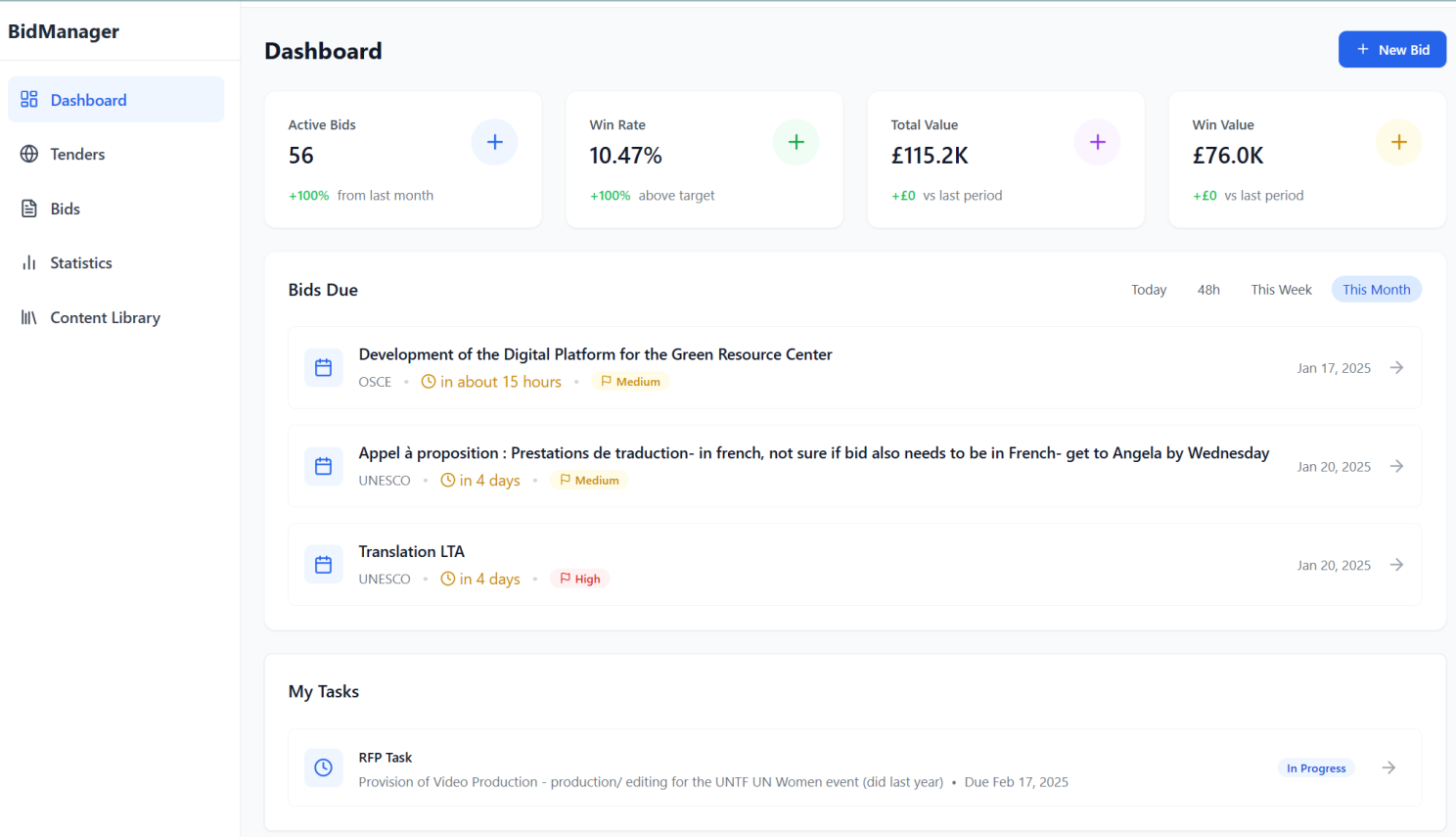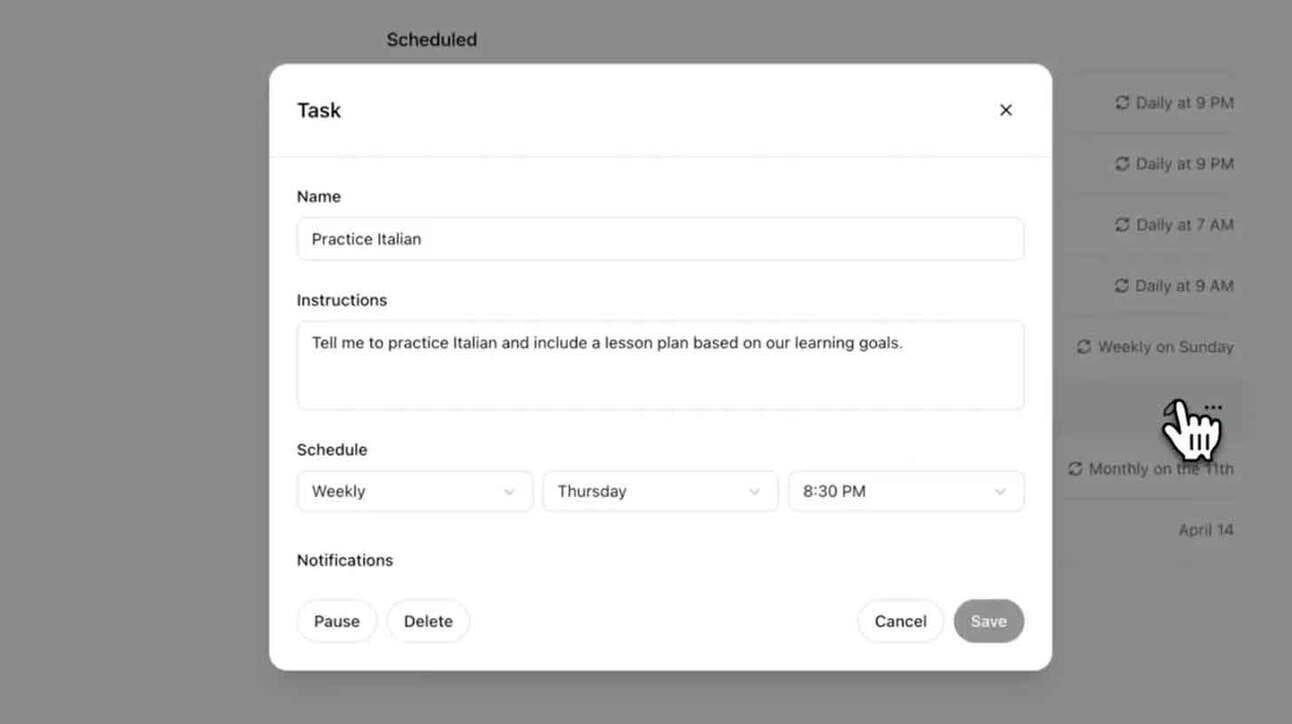
Written by Fola Yahaya
Not content with trying to take down writers, photographers and translators, the relentless drive by Big Tech to slash their development headcount continues with this week’s confirmation from both Mark Zuckerberg and Salesforce CEO Marc Benioff that there is absolutely no point sending your kids to that half-term coding camp. Both tech titans have been saying what many have been wishing for all along: AI will soon be good enough to obviate the need for low- to medium-level coders.
I’m surprised and slightly annoyed that this has taken so long. Many moons ago, we decided to build an application to manage our translation business. We did this because a) we didn’t like the clunky, glorified Microsoft Access database clones that were available at the time and b) we wanted something customised to our business rather than letting a software company enforce its workflows on us. Thirteen years later and our solid as a rock but simple system needed an overhaul, mainly due to Microsoft ending support for the app’s engine.
We reached out to the original Canadian developer of the app but massive inflation in coder demand and pay meant we could no longer afford him. So, not being a tech company, we hired someone who claimed to know how to do this stuff ‘properly’. This meant the introduction of a proper software development cycle, daily 15 minute ‘stand-ups’ (that actually took two hours), and countless and expensive software subscriptions to help us manage, ironically, the development of our software. To cap it all was the insistence that we develop the new version according to something called ‘agile’ which, as it transpired, just meant we should make things up as we went along.
Three years and six different coders later, we have finally completed our upgrade. What a painful, expensive and overly complicated process it was! The redevelopment of a simple app that originally took one part-time developer 12 months to build ballooned into the IT project from hell that always seemed to teeter on the brink of disaster.
Very long and expensive story short, complicated and expensive software development processes and the enforcement of renting rather than buying software has become a massive problem that companies are desperate to solve. Enter, stage left, AI. Surely, large language models would excel doing what human coders are doing – just cobbling together other people’s code. So it always puzzled me why initially AI wasn’t great at coding (or maths). The good news is that this problem seems to be on the brink of being solved. Just as is the case for mediocre writers, a flurry of text-to-app tools can now fully create a working app and in the last few weeks tools like bolt.new and loveable.ai have added the ‘back-end’ functionality (storing data and managing how users log in). By the end of 2025, anyone or any company will be able to create an app just by prompting AI to build it. Even if you’re not sure how that system should function, you’ll be able to say, “Just give me a HubSpot clone”.
The AI will then pop off to the HubSpot website, check the features, possibly even go to the support site or to Reddit to see what people want to improve and then build a better version and at minimal cost. If you think this is just hype then let me walk you through how we built an enterprise app for £600 in two weeks.
We needed a system to manage our bids for public sector procurement. Our in-house development team were busy finalising the upgrade to our enterprise apps and, frankly, I wanted to do a proof of concept to see how difficult this app-building stuff really was.
I followed this abbreviated process:
Below is version 1.0 of the app we’ve just rolled out.

Now, I’m sure that this app won’t win any awards for ‘clean code’ or pass ISO security standards. But that’s not the point. It does what it says on the tin and was built for a hundredth of the cost, time and stress of a ‘proper’ app. More importantly, it works and has already saved us hours of work.
If I, a fairly non-technical user, can do this stuff effectively in a matter of days it means that AI will very soon remove huge swathes of jobs that have survived because of our ability to add complexity to processes that at their heart should be simple. Think filling in tax returns, interpreting blood results/X-rays, performing research. Each of these tasks relies on using widely known and structured processes to crunch simple data in predictable ways, which is what AI increasingly excels at and at a fraction of the cost and time of a human process.
The key takeaway is that if your job or business provides these types of services then it’s only a matter of months before some upstart start-up trains an AI on your industry and offers a cheap and fast solution that makes you or what your company offers largely redundant. The only way to survive, and I can’t bang this drum often enough, is to rise above the level of the rote and routine, and work out what value you can add to a process, rather than just selling the execution of the process itself.
My brilliant younger brother turned 40 a few weeks ago and threw a birthday party to celebrate. He’s managed to grow a tiny digital skills training company into an award-winning global brand that counts Google and Goldman Sachs among its clients. He told me a key driver of this was his ability to use social media and LinkedIn in particular to build his profile. So, keen to get some tips on boosting my depressingly tiny online footprint, I asked him, and some of the young dynamic entrepreneurs who were also at the party, how they managed to do social so well.
The universal response was hard graft and constantly feeding the beast. Moreover, no one really liked having to play the game and everyone resented the amount of effort involved in keeping up online appearances. Personally, I hate LinkedIn. Ironically, having jettisoned Facebook years ago because of its compulsiveness and manipulative algorithms, I now find myself regularly posting and commenting on what is essentially Facebook for businesses. But I just can’t keep up and I was marvelling at how some people find the time to comment within milliseconds. The blindingly obvious answer is that they cheat and that AI is now doing most of the content heavy lifting. According to research by Originality AI, over half of long-form LinkedIn posts are now created using AI.
You can now easily deploy a bot to monitor any mention of a keyword and it will create a comment or a new post on any number of platforms, from LinkedIn to Reddit. Fundamentally this will kill social media as people tire of automated slop, and will force people to disengage or retreat to authentic platforms of expression. I can’t wait.

On the surface of it, OpenAI’s launch of its “Tasks” feature is fairly innocuous. ChatGPT Pro and Plus users can schedule it to perform a task and give you the results on a periodic basis. So far, so what? But the more interesting element is that it’s OpenAI’s first foray into agentic AI, systems that act on your behalf. This marks a significant shift, where ChatGPT evolves from a responsive tool to a proactive assistant.
I’ve documented my love of ChatGPT’s Advanced Voice Mode for conversational language learning but the missing piece was an ability to nag me periodically to practice what I’ve learned. With the Tasks feature you can now do just that. You can, for example, ask the bot to wake you up every morning with a new Spanish conversation. Another more business use case would be to ask it to prod you every time someone mentions your brand on Bing. You can also ask it to track any publicly available data point such as share prices, analyse the data and send you a summary of it as often as you like.
As it stands at the moment, ChatGPT Tasks is pretty poor, the UI is awful, it has no memory of previous chats and there are many better ways to do this stuff now such as through Zapier and Gemini. However, it hints at a near future of AI agents being instructed to do things for us on a regular basis. Soon you’ll be able to ask it to scan your inbox and alert you to any interesting stuff and even respond on your behalf .
While deceptively mundane, Tasks represents a baby step towards OpenAI’s ultimate goal: AI systems that go beyond assistance to autonomy. Internal documents suggest that this progression – from agents that act to organisations run entirely by AI – is foundational to OpenAI’s strategy. Though AGI may still be years away, Tasks is a glimpse of what’s to come. The age of AI agents has officially begun.
That’s all for this week. Subscribe for the latest innovations and developments with AI.
So you don’t miss a thing, follow our Instagram and X pages for more creative content and insights into our work and what we do.

Network Hub, 300 Kensal Road, London, W10 5BE, UK
We deliver comprehensive communications strategies that deliver on your organisation’s objectives. Sign up to our newsletter to see the highlights once a quarter.